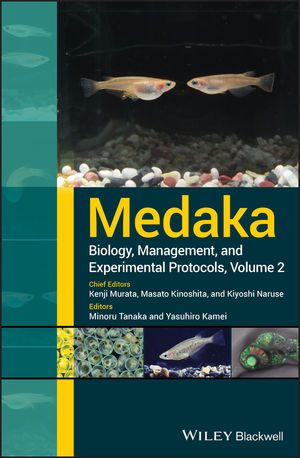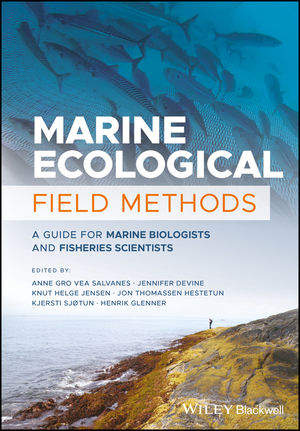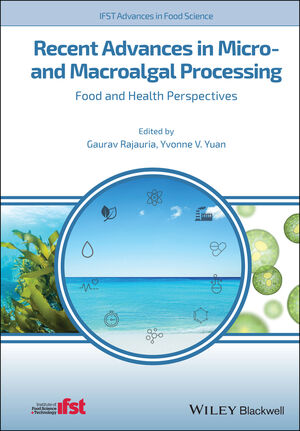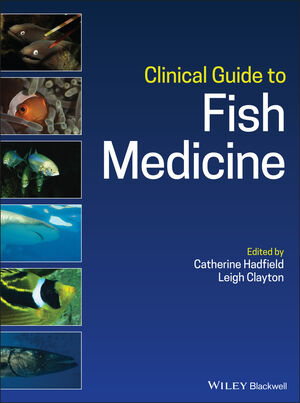
Features
Salmon and lobster in harmony
Studies show that wild lobsters live in harmony with salmon aquaculture off the east coast of North America, but the story is far from over.
March 31, 2025 By Treena Hein
 Fisheries and Oceans Canada has conducted various studies of lobster and other marine organisms over the years.
Photos: Shawn Robinson
Fisheries and Oceans Canada has conducted various studies of lobster and other marine organisms over the years.
Photos: Shawn Robinson There is quite a pile of evidence at this point that wild lobster populations have historically co-existed very nicely with salmon farming, but new chapters of this story continue to be written.
Just recently, in November 2024, a lawsuit was filed by a U.S.-based environmental group Conservation Law Foundation against Cooke Aquaculture, contending that its salmon farming sites off the Maine coast involve dischargement of “pollutants such as fish feces, dead fish and trash.”
Sebastian Belle, executive director of the Maine Aquaculture Association, has stated publicly that the lawsuit was a surprise as this group has worked with salmon farmers to develop environmental standards. He did not respond to a request for further comment, but Joel Richardson, vice-president of Public Relations at Cooke, says it’s irresponsible for this group or anyone else to claim that modern marine finfish aquaculture harms lobsters.
“It is simply not true,” says Richardson. “Salmon aquaculture and the lobster fishery have co-existed in Atlantic Canada and Maine waters for more than 40 years under the existing environmental compliance criteria. Cooke’s Atlantic Canadian and Maine salmon farms are routinely inspected by government regulators and subject to regular monitoring reports. Lobster landings are not negatively affected by Atlantic salmon farms. In fact, lobster fishers are welcome to set lobster gear alongside and within aquaculture lease boundaries and they tell us they have success in every location where we operate. We support wild fisheries harvesters and their families 100 percent. We all need strong working waterfronts in our rural coastal communities.”
Study results
Looking at what’s been published in journals, an eight-year study of lobster abundance at one salmon farm site in the Maritimes was released in 2019 by Tara Daggett, a senior environmental biologist at Sweeney International Marine Corp. in N.B., and Jon Grant of Dalhousie University (who has since died).
They found the fish farm had no obvious impact on lobster density at any point in the salmon production cycle and that inshore lobster abundance followed trends similar to those of the general fishery.
Today, Daggett adds that “our entire team of biologists has documented the presence of lobsters near the grid systems and throughout the leases of many salmonid aquaculture sites and submitted these observations in reports to provincial and federal governments. I have also seen numerous lobster traps set within lease boundaries of aquaculture sites. Fishers set their traps intentionally within the aquaculture lease boundaries (which are marked by buoys) because they know they will catch lobsters there… Well-sited, well-maintained salmonid aquaculture operations can and do coexist quite nicely with local lobster populations.”
In 2022, a team at the Centre for Marine Applied Research in Dartmouth, N.S. (Horricks et al.) published a review of studies examining interactions between lobsters and salmon farms. They found in most instances; existing regulatory compliance addresses the environmental drivers that have the largest potential to adversely impact lobster.
“While there are still knowledge gaps surrounding salmonid–lobster interactions,” they noted, “in the absence of additional known pathways of effects, we suggest that existing environmental compliance criteria currently in place to avoid hypoxic or benthic anoxia at fish farms, and appropriate regulation of therapeutants, can allow for healthy coexistence of salmonid aquaculture and the inshore lobster fishery.”
A step back
Are there any new lobster population or salmon farming changes to note? And if so, what do we need to know?
Shawn Robinson, who has many years of experience studying lobsters and other marine organisms in relation to salmon farms and many other factors, can provide insight. He’s a retired research scientist with Canada’s Department of Fisheries and Oceans based in N.B. who currently does some ecologically related work for a U.K.-based consultancy called Longline Environment.
Regarding the bigger picture of lobster fishing and salmon farming, Robinson first explains that lobsters are economically important to the east coast and represent a third of the value of the entire Canadian fishery. This amounts to about US$1 billion a year that directly supports the rural areas of the Maritimes.
“This means that all other uses of the marine environment, such as salmon farming, have long been scrutinized as to how they may affect these fisheries,” he explains. “If we look at our growing human populations, if we’re going to eat out of the oceans, like we have done on land, then we have to seriously look at farming in the ocean.”
With regard to historic lobster population trends, Robinson notes that lobster harvests from about 1950 onward were relatively consistent and lower around Nova Scotia but shot up substantially in the mid-1980s.
“We don’t know why,” he says. “We know that salmon aquaculture also increased sharply in the 80s, but that’s only a correlation and likely unrelated. Correlation is a bad way to manage resources. It’s only looking at one factor and you need the complete picture to make wise management decisions. Perhaps predators of juveniles were removed from the environment. No one looked at that or other possible factors.”
But now, lobster populations are decreasing, and Robinson says because that complete historic data picture is missing, we have no data to compare to, even if comprehensive studies are completed in the near future in Canada.
“In the U.S. portion of the Gulf of Maine, lobster numbers peaked in 2015 with a continual decline since,” he notes. “In Nova Scotia, they peaked in 2018 and in New Brunswick, in 2020-2021. The data from 2022 shows fewer lobsters landed overall and we don’t have the 2023 data yet. But in Quebec in the Gulf of St. Lawrence, lobster populations have been increasing since 2014 or so. Lobster might be moving there or surviving better there or both. There, there’s oyster and mussel farms but no salmon farms. But that is still only a correlation that you can’t conclude anything from.”
At the same time, the number of salmon farms in the Bay of Fundy were capped in 2010.
“We have to look at the ecology and all the factors,” says Robinson. “We need to dig down deeper into the ecological interactions to find out what’s going on for lobster and other wild-harvested seafood species. And that’s why it’s important to have full long-term comprehensive data.”
Looking at the U.S., Daggett points to the American Lobster Settlement Index which has been published by scientists at University of Maine for at least 23 years in order to inform stock assessments and forecast fishery trends.
She explains the indexes “show declines in lobster settlement (lobster offspring) in areas that do not have, and never did have, salmon aquaculture. Declines are linked to environmental changes such as temperature, and lobster populations are moving northward.”
Robinson adds, “our studies with Dr. Chris McKindsey from DFO showed that there are often lots of lobster under a farm. They are eating bits of fish feed from the cages above and some of the other organisms that are benefiting from the organic waste. Monitoring studies show that there’s usually more hydrogen sulfide under salmon farms as a result of microbial digestion of increased organic matter, and lobsters don’t like it.
“At the same time, we have to remember that lobster are mobile, and individuals may be going in and getting food particles from under the farms but mostly living a little distance away. The ecological impacts of salmon farming have mostly been measured right under a farm, not 10 or 50 or 100 meters out, so we don’t get a complete picture. If we’re going into a time of environmental uncertainty with climate change, we need the complete picture of the relationship between farms and lobsters and other organisms. We need more than correlation.”
More pieces of the puzzle
Preliminary results of a new University of New Brunswick study indicates some effects of aquaculture pens on biodiversity patterns of various marine species, but specific conclusions in some cases are difficult to make due to limitations of data and other factors. The team did find no consistent differences in the abundance of young-of-year or juvenile lobsters between sampling locations near and away from aquaculture, but did not examine the areas directly below pens.
Lobster fishers themselves are also a good source of information as they observe populations closely. A team at University of Washington has analyzed 15 years of comments from the Maine Fishermen’s Climate Roundtables and found an observed overall shift in lobster biomass further east and offshore over that time period.
This “strategic expansion of lobster fishing seasons and areas” (as described by the scientists) is speculated by the fishers to perhaps be due to warmer water, decreases in salinity, a shift in ocean currents and/or loss of predator species.
Robinson notes that the Gulf of Maine waters are expected to warm up more than almost any other marine area in the world due to changes in the Labrador currents and other effects. So perhaps lobsters there are moving northeast to find cooler water.
Peter Norsworthy, president at Pisces Consulting in Halifax, has analyzed lobster abundance patterns and sees a positive relationship between changing environmental conditions having a direct impact on abundance, likely increasing larval survivability. However, he stresses that “it’s not possible to really tease out the precise environmental effect as the carapace size has increased over the same time, increasing reproductive capacity.”
It’s clear many questions still to be answered about lobster populations, but one thing seems certain. Both lobster fishing and salmon farming should be watched closely regarding potential impacts of climate change and all other factors to ensure the continued success of both endeavours. | ANA
Print this page









